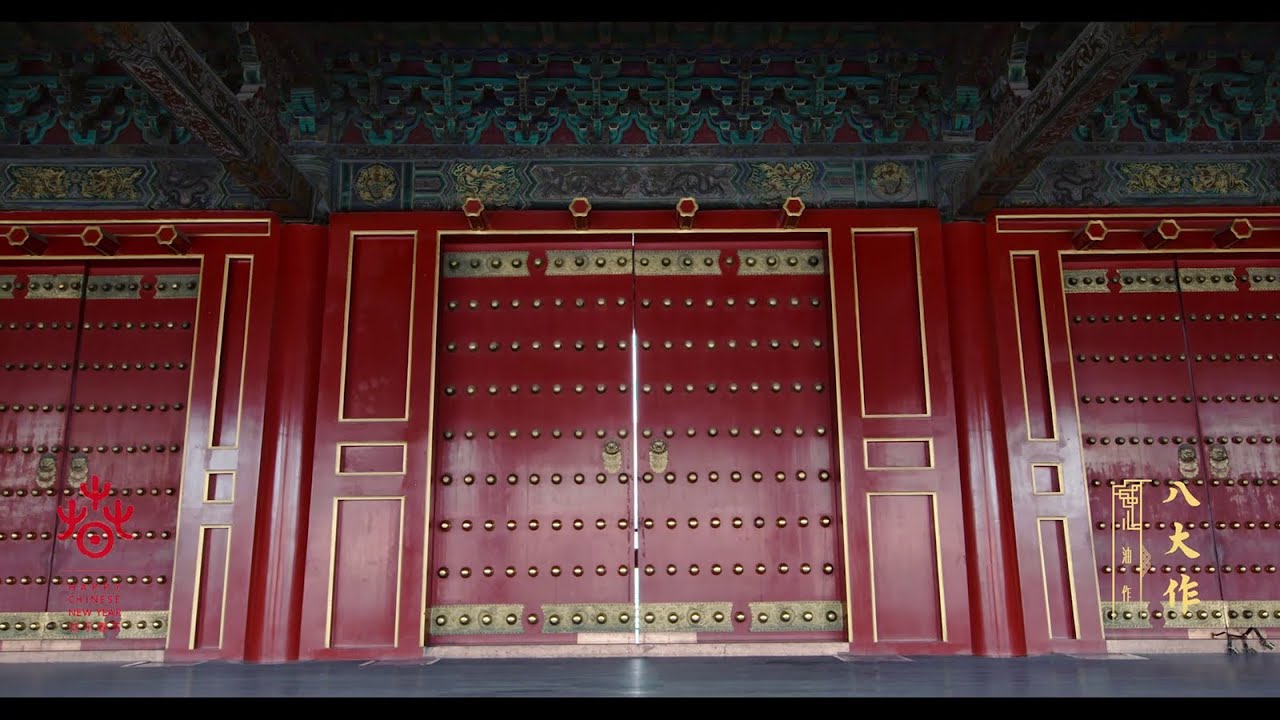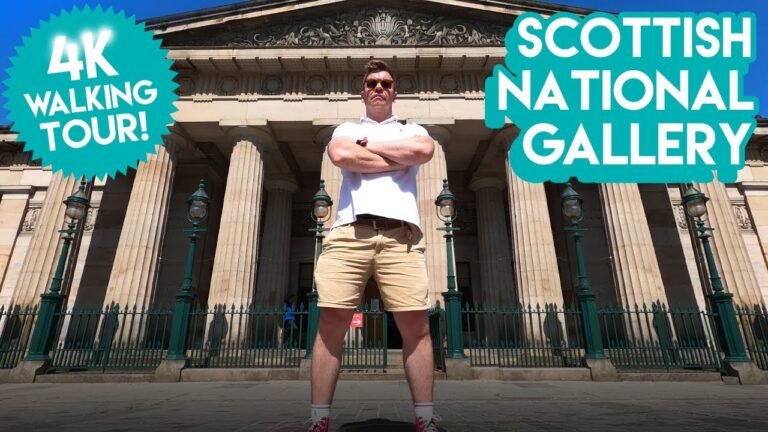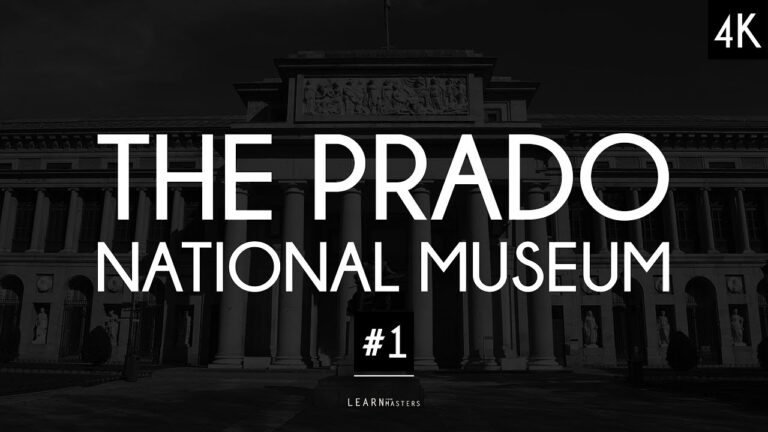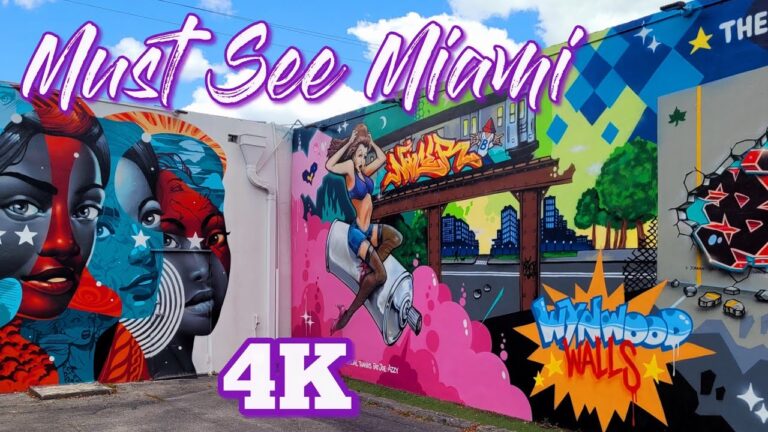The Forbidden City is a palace complex located in central Beijing, China. It served as the home and seat of power for emperors during the Ming and Qing dynasties, spanning over 500 years. The Forbidden City is a UNESCO World Heritage Site and is considered one of the most significant cultural landmarks in China.
The Forbidden City in Art
Throughout history, many artists have been inspired by the grandeur and beauty of the Forbidden City. One such artist was the famous Chinese painter, Wu Guanzhong, who painted a series of works depicting the Forbidden City in the 1980s.
Wu Guanzhong’s Forbidden City Paintings
Wu Guanzhong was born in 1919 in Jiangsu, China. He is considered one of the most important contemporary Chinese painters of the 20th century. His paintings are characterized by their vibrant colors and bold, expressive brushstrokes.
Wu Guanzhong’s Forbidden City paintings are no exception. In his works, he captures the beauty and grandeur of the palace complex, using a unique mix of traditional Chinese painting techniques and contemporary Western styles.
The paintings are rich in color and texture, with hues of red, gold, and blue dominating the canvas. Wu Guanzhong’s use of shadows and light adds depth and dimension to the works, making them appear almost three-dimensional.
The Significance of Wu Guanzhong’s Forbidden City Paintings
Wu Guanzhong’s Forbidden City paintings are significant for several reasons. First, they are a testament to the artist’s skill and creativity. Wu Guanzhong was able to capture the essence of the Forbidden City in a way that no other artist had before.
Second, the paintings are an important representation of Chinese culture and history. The Forbidden City has been a symbol of Chinese power and civilization for centuries. Wu Guanzhong’s paintings bring that history to life and help to preserve it for future generations.
Finally, the paintings are a reflection of the cultural exchange that occurs between China and the West. Wu Guanzhong was influenced by both traditional Chinese painting and contemporary Western art, and his Forbidden City paintings reflect that fusion of styles.
Conclusion
In conclusion, Wu Guanzhong’s Forbidden City paintings are a beautiful and significant representation of Chinese culture and history. They are a testament to the artist’s skill and creativity, and they serve as a reminder of the importance of cultural exchange and preservation.
- UNESCO World Heritage Site: The Forbidden City is a UNESCO World Heritage Site and is considered one of the most significant cultural landmarks in China.
- Wu Guanzhong: Wu Guanzhong was born in 1919 in Jiangsu, China. He is considered one of the most important contemporary Chinese painters of the 20th century.
- Chinese culture and history: Wu Guanzhong’s Forbidden City paintings are an important representation of Chinese culture and history.
- Cultural exchange: The paintings are a reflection of the cultural exchange that occurs between China and the West.




